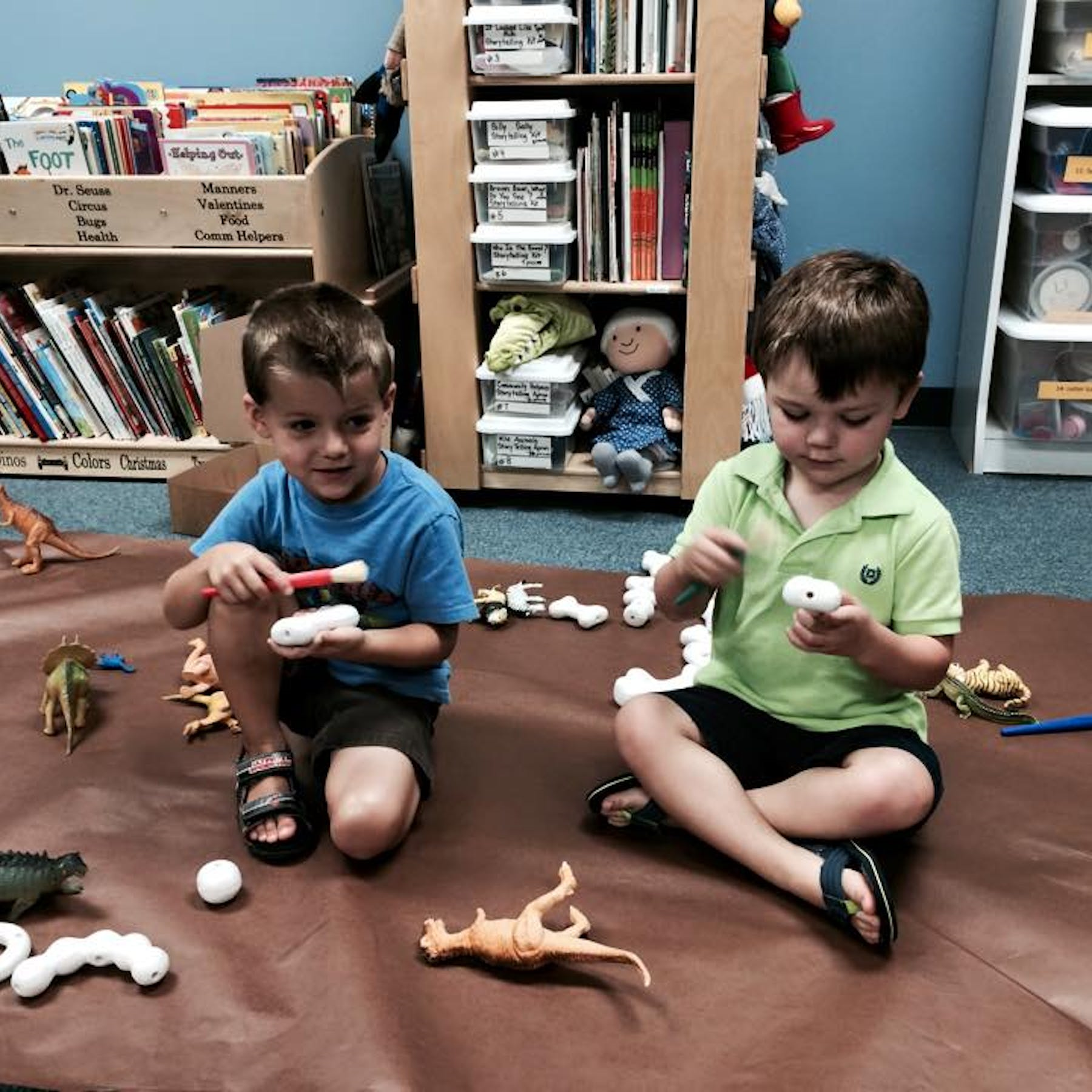Creating a designated study space

Creating a designated study space is a key factor in fostering effective study habits for children. A well-organized and comfortable study environment can significantly impact a child’s concentration, productivity, and overall learning experience. Here are some tips on how to design an optimal study space for your child:
- Choose the Right Location:
- Select a quiet and well-lit area free from excessive noise and distractions.
- Ensure the study space is away from high-traffic areas to minimize interruptions.
- Provide Ample Lighting:
- Natural light is ideal, but if that’s not possible, use bright, adjustable artificial lighting.
- Position the light source to prevent shadows on the study materials.
- Invest in Comfortable Furniture:
- Choose a comfortable and appropriately sized desk and chair for your child.
- Ensure the furniture promotes good posture to prevent discomfort during long study sessions.
- Organize Supplies:
- Keep essential supplies within reach, such as pens, pencils, erasers, notebooks, and rulers.
- Use organizers, containers, or drawers to maintain a tidy and clutter-free space.
- Personalize the Space:
- Allow your child to personalize the study area with items like artwork, inspirational quotes, or favorite books.
- Consider their preferences in terms of colors and decorations to create a space they enjoy.
- Minimize Distractions:
- Remove or limit distractions like toys, games, and electronic devices not related to studying.
- Use noise-canceling headphones if necessary, especially in a busy household.
- Incorporate Organization Tools:
- Introduce tools like bulletin boards, calendars, or whiteboards to help your child stay organized.
- Use a wall-mounted corkboard for pinning important reminders, schedules, or achievements.
- Ensure Adequate Storage:
- Provide ample storage for textbooks, notebooks, and other study materials.
- Use shelves, bookcases, or storage bins to maintain an organized and accessible study space.
- Create a Visual Schedule:
- Display a visual schedule or timetable to help your child plan their study sessions.
- Include breaks, extracurricular activities, and other commitments.
- Establish a Technology Zone:
- Set clear rules for the use of electronic devices in the study space.
- If computers or tablets are necessary for studying, ensure they are used for educational purposes only.
- Encourage a Plant or Greenery:
- Adding a small plant or some greenery can create a calming atmosphere.
- Plants can also improve air quality and add a touch of nature to the study area.
- Regularly Evaluate and Adjust:
- Periodically assess the effectiveness of the study space.
- Make adjustments based on your child’s evolving needs and preferences.
By taking the time to create a designated study space tailored to your child’s preferences and learning style, you provide them with a conducive environment for focused and productive study sessions. This investment in their study space can contribute to the development of positive study habits and a lifelong love for learning.













